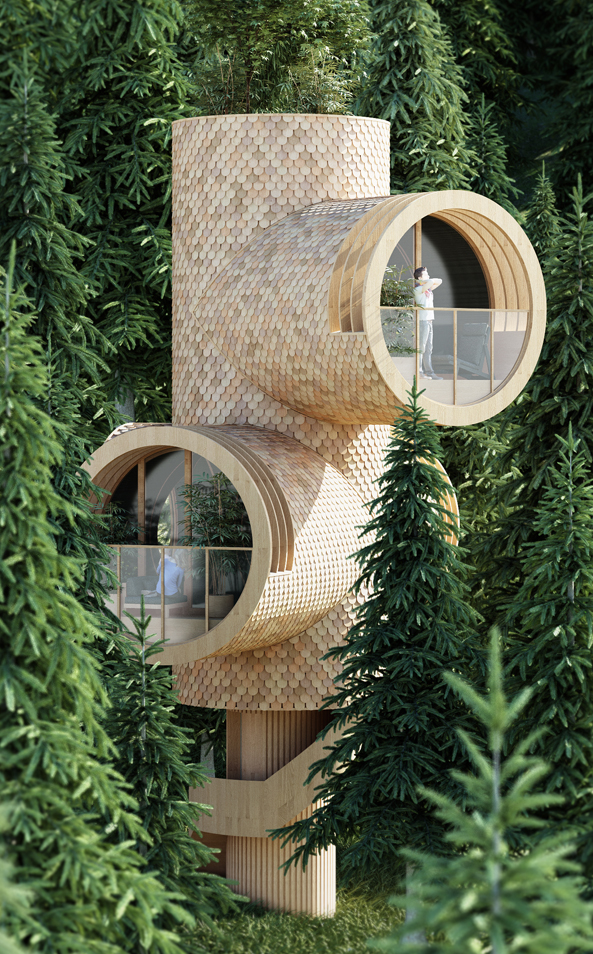
Broersen & Lukács
Point Cloud Old Growth
Forest on Location
In the video work Forest on Location, we see the avatar of the Iranian opera singer Shahram Yazdani walking through a forest. One moment, the forest wraps around him protectively, the next moment the trees crumble away into loose pieces of bark, or melt into a static green mass. At the same time, the forest as a whole floats around in darkness, uprooted. It is a forest without a location, except on our screen. The young man’s avatar appears to be wandering around there aimlessly. It is a wonderland that he exits from towards the end of the video, when his body slips straight through the green wall. This finally breaks the spell of the illusory forest, and everything is revealed to be no more than staged decor. But the forest does exist as a real forest, somewhere. This virtual green world is a digital back-up of Bia?owie?a Forest: the last remaining stretch of primeval low land forest that once covered much of Central Europe. Inspired by what the historian Simon Schama wrote about Bia?owie?a in Landscape and Memory (1995), Persijn Broersen and Margit Lukács journeyed to Poland to capture the forest suffused by old-Germanic nostalgia and mythical atmosphere.

